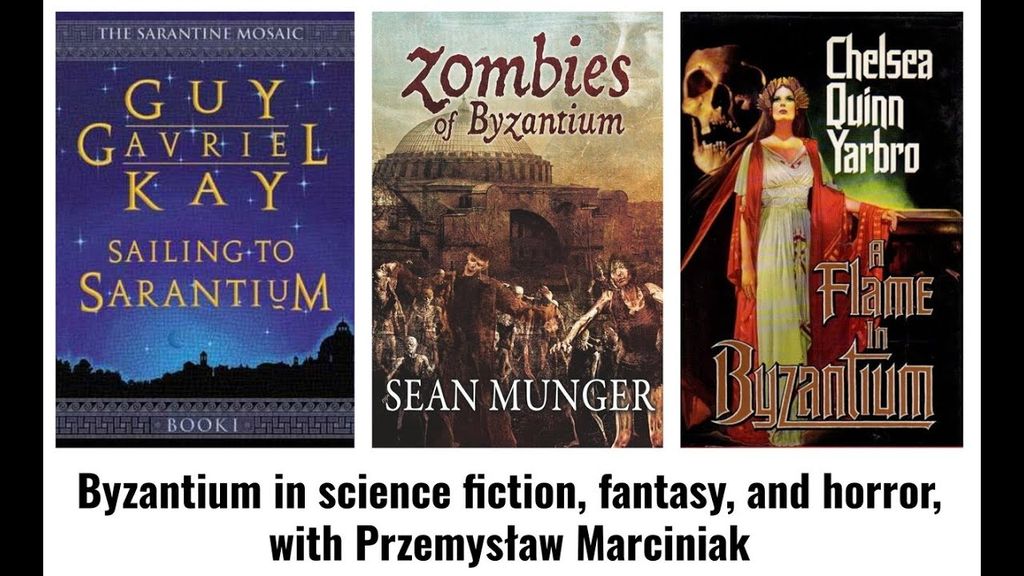How This Post Came into Being
Some time ago I listened to the Kaldellis/Marciniak podcast, wanting to write content enhanced with AI did the following for your reading pleasure. Please refert to How-To at the end of this post.
List as follows with links to Good Reads where available:
Books Mentioned in “Byzantium and Friends” Podcast Discussion
Historical/Literary References
-
“The Yantis” - Ancient quasi-vernacular Greek poem mentioned as dispensing with institutional Byzantine framework
-
“Theodora” by Sardou - 19th century play that was extremely popular in Victorian times
Alternative History
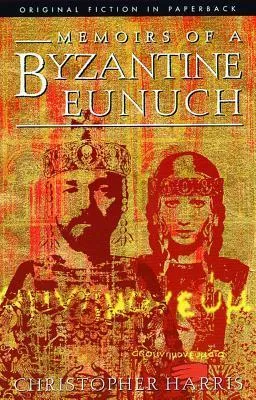
- Set in 9th century Constantinople
- About Zeno, a eunuch bought by St. Photius the Great
- Explores politics, heresy, and imperial intrigue
- Written with extensive historical research
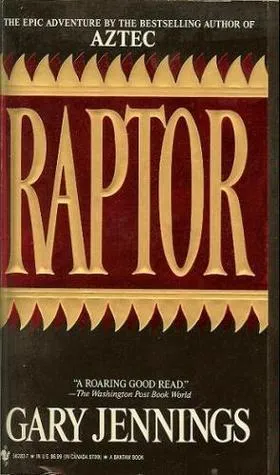
- Features Thorn, a hermaphrodite companion of Theodoric the Great
- Set in late 5th/early 6th centuries during fall of Western Roman Empire
- Alternates between male (Thorn) and female (Veleda) identities
- Over 900 pages of epic historical narrative
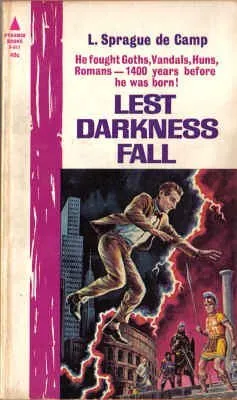
- Classic 1939 novel about archaeologist sent back to 535 AD Rome
- Protagonist works to prevent Dark Ages by introducing technology
- Features Belisarius and Byzantine-Gothic conflicts
- Considered foundational alternate history work

- Collection of short stories featuring Basil Argyros
- Set in 14th century where Islam never existed
- Byzantine Empire remains dominant power vs. Persia
- Author has PhD in Byzantine history
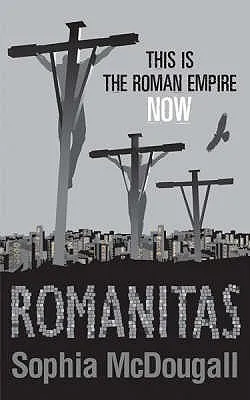
- Alternative history trilogy where Roman Empire never fell
- Set in contemporary times (2756 AC/2003 AD)
- Point of divergence: Emperor Pertinax survives 193 AD assassination
- Features modern technology with Roman social structures
Fantasy Fiction

- 8th book in Vampire Chronicles series
- Features vampire Marius in Constantinople
- Depicts fall of Rome to Constantine and Visigoth sack
- Marius seeks new civilization in “glittering Constantinople”
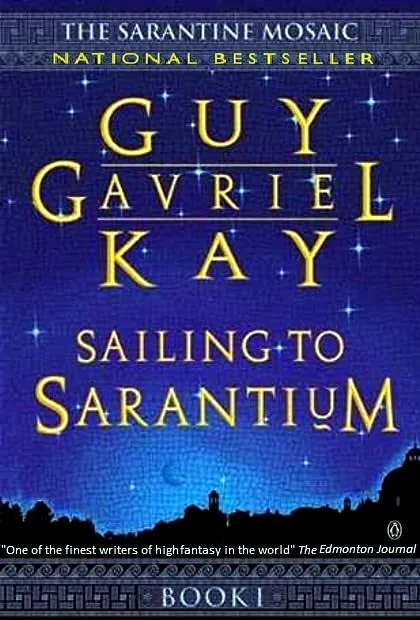
- Two-volume Byzantine fantasy featuring mosaicist Crispin
- Sarantium = Constantinople, Valerius = Justinian, Alixana = Theodora
- Based on 6th century Byzantine world
- Highly literary fantasy with political intrigue
Detective/Mystery Fiction
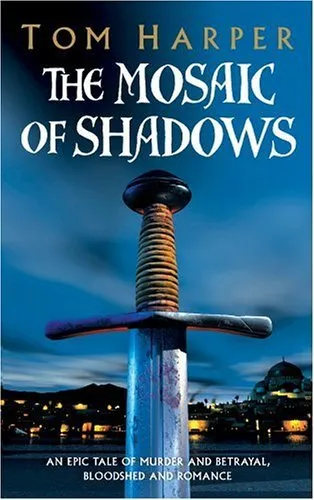
- First in Demetrios Askiates series
- Set in 1096 Constantinople during First Crusade
- Features Byzantine detective investigating assassination attempt
- Author is professional historian
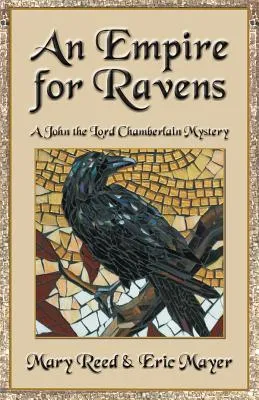
- Detective stories set in 6th century Justinian’s court
- Features eunuch secretary solving mysteries
- Not highly regarded in the transcript discussion
- Link to Series in GoodReads
- Not translated into English
- Set in 9th century, mentions Photius
- Written by actual Byzantine scholar
- ”Panagiotis Agapitos - Protoporia Bookstore
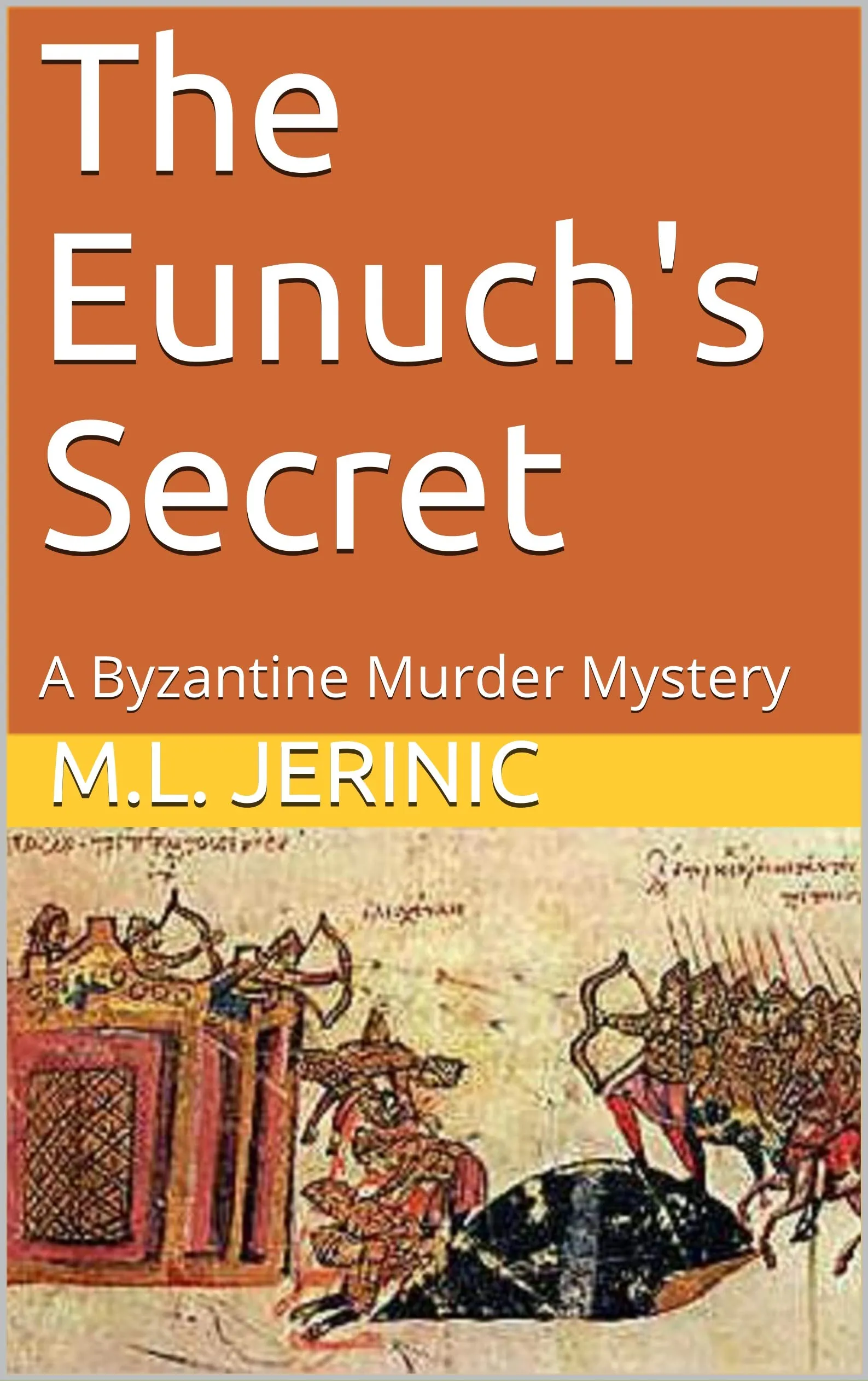
- Features Byzantine scholar doing extensive research
- Characters have Latin versions of Greek names
- Cover features image from Skylitzes Madrid manuscript
Science Fiction/Space Opera
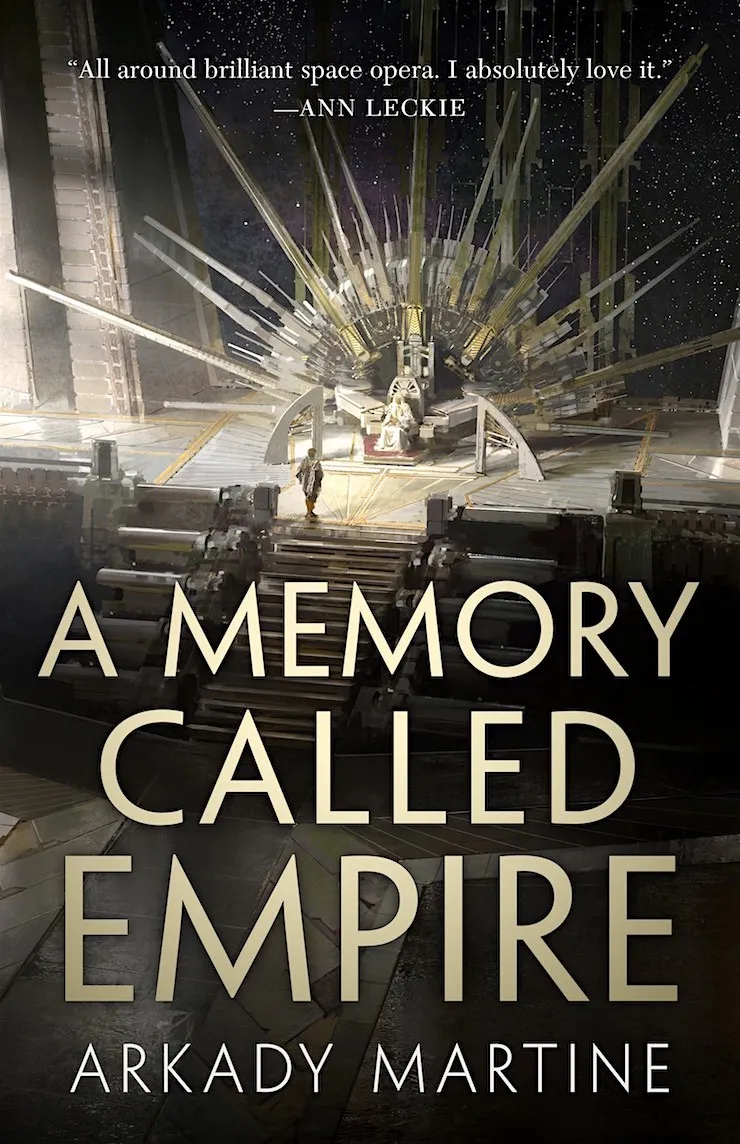
- Hugo Award winner 2020
- Space opera inspired by Byzantine empire
- Author has PhD in Byzantine history
- Features Teixcalaanli Empire (Byzantine/Aztec influences)
- Space opera with Byzantine elements
- Based on author’s work on 11th century Armenia-Constantinople relations
Vampire/Supernatural Fiction
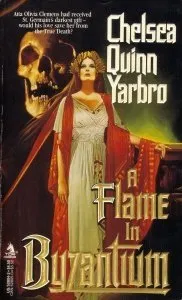
- Features ancient vampire Atta Olivia Clemens in 6th century Constantinople
- First book in the Atta Olivia Clemens vampire series
- Set during the reign of Emperor Justinian
- “Half of the Night” (Polish novel)
- Features daughter of Lucas Notaras as vampire
- Set during fall of Constantinople
- Based on Mika Waltari’s “Dark Angel”
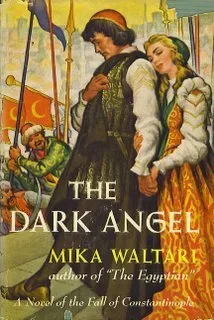
- Finnish author’s acclaimed historical novel about fall of Constantinople
- Set during the 1453 fall of Constantinople to Ottoman Empire
- Influenced other vampire novels
- Features love story between Jean Ange and Anna Notaras
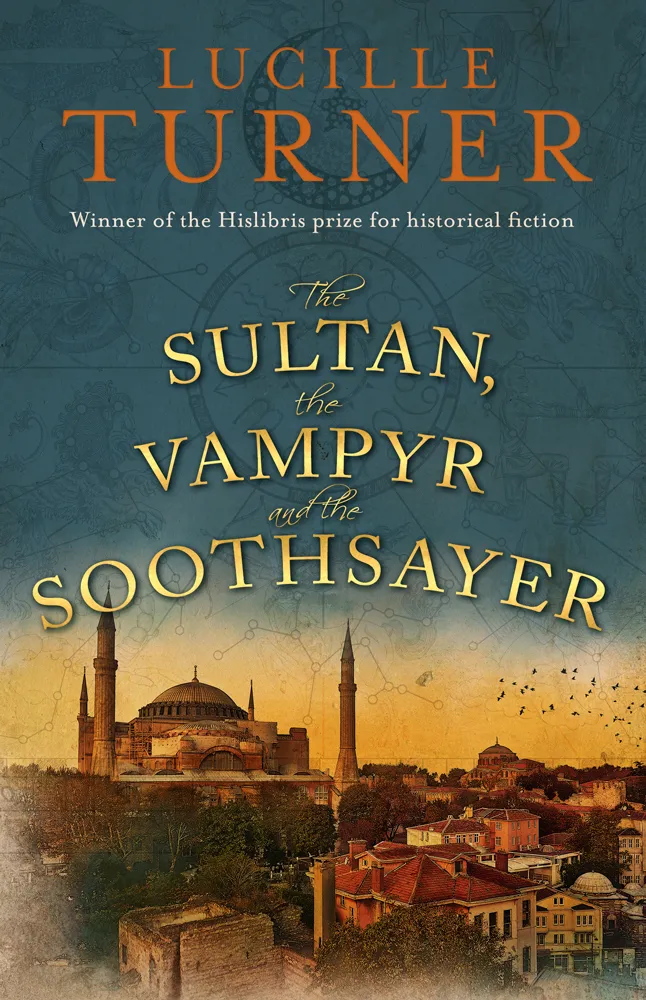
- Involves Vlad the Impaler as supernatural creature
- Combines historical and supernatural elements
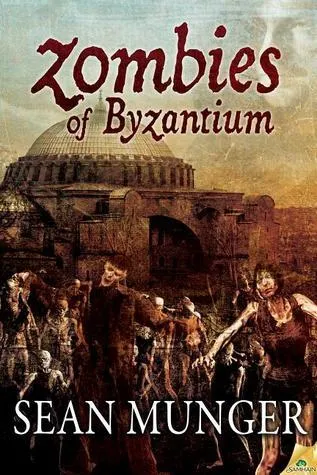
- Zombie outbreak during reign of Leo the Isaurian
- Described as entertaining despite historical errors
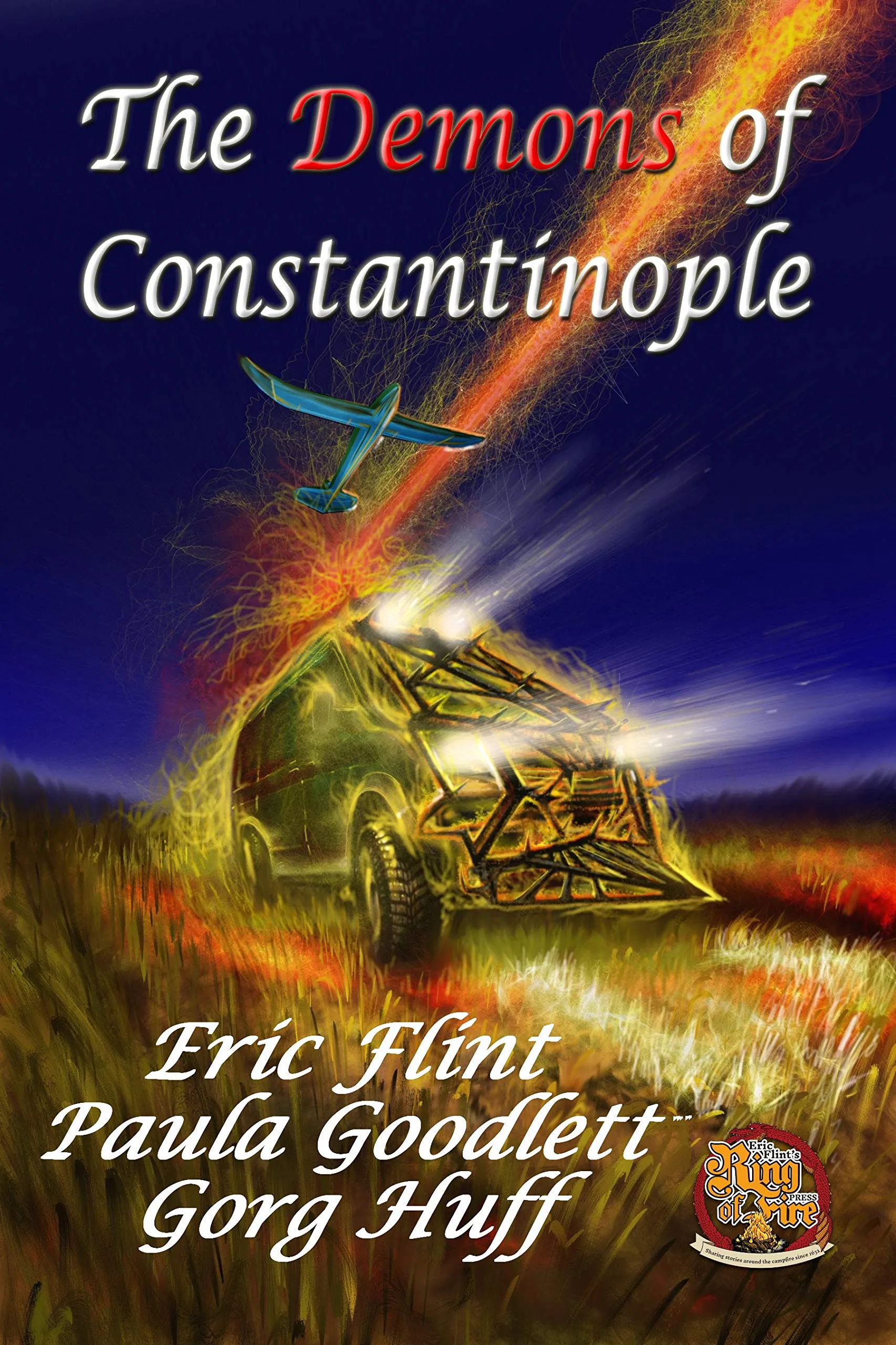
- About demons living in modern technology traveling back to Constantinople
- Self-published, sounds “crazy” according to discussion
- “The Cappadocian”
- Constantinople as den of vampires for centuries
- Fourth Crusade releases vampires causing global infestation
- Difficult to find book
Other Speculative Fiction
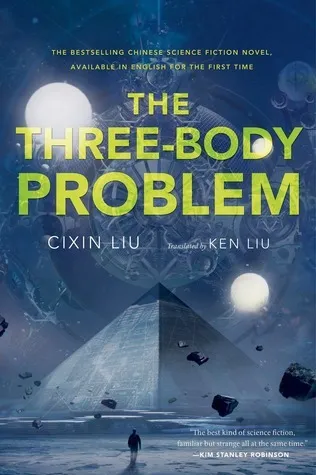
- Netflix adaptation mentioned
- Third volume opens with scene during fall of Constantinople
- Chinese author using Constantinople fall as significant historical moment
- Polish novel “Army of the Blind”
- About “Eternal Byzantium” conquering modern Poland
- Referenced Byzantine history (blinding of Bulgarian army by Basil II)
- Social science fiction commentary
- “Black Icon Full of Demons” (Polish novel)
- Byzantine Empire has no problems
- Everything modeled on Cyril Mango’s descriptions of demons
- Author used scholarly work as direct inspiration
Related Science Fiction
- Star Trek: “Bread for Metalle” episode (February 14, 1969)
- Planet architecture modeled on Constantinople
- Costumes based on Ravenna mosaics
- Example of Byzantine influence in popular TV
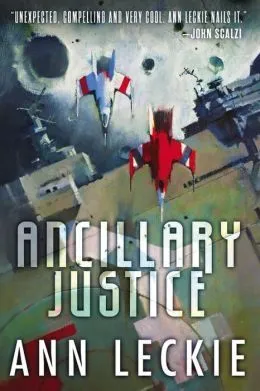
- Space opera with Roman themes mentioned as comparison

- Second book in the Proxima series
- Alternate history where Roman Empire never fell and Romans become spacefaring
- Features Romans in space traveling in ships with stone buildings and maintaining ancient culture
- Also includes “Incas in space” as another alternate civilization
Additional Notes:
- Many authors correspond with Byzantine scholars for historical accuracy
- The discussion noted that most works focus on 6th century (Justinian/Theodora) or Fall of Constantinople (1453)
- Several authors mentioned include professional historians (Turtledove, Martine, Harper)
- The discussion highlighted how Byzantine themes often merge with orientalist and exotic stereotypes
- Many works use Byzantine settings as backdrop for political intrigue and court corruption themes
This list represents all books specifically mentioned in the podcast discussion between Anthony Kaldellis and P.C. Marianek about Byzantium in speculative fiction.
Last but not Least
Listen to the disucssion here:
Suggestions from listener @prodromosandreou108:
- “Baudolino” by Umberto Eco
- “Σκούφος” από πορφύρα Μάρω Δούκα
- “Περί της εαυτού Ψυχής” Ισιδωρος Ζουργός
My Suggestions
Could not finish this article without adding 2 gems:
Basil Basileus series from Byzantine Tales
Trailer:
My ultimate favourite.
“Basil II is the ultimate Byzantine Emperor. A lonely figure who overcame endless scheming to become the master of his world. Through the eyes of Sigurd, his new bodyguard, we see Basil’s early years unfold. Each panel is beautifully illustrated to bring the Emperor’s world into ours.”
Robin Pierson
Host of “The History of Byzantium” podcast.
“The 970s marks a turning point for the expansionist strategy of the Byzantine empire. Following the military triumphs in the East against the Hamdanids of Aleppo, the mighty empire turned its attention in the trouble-some Balkans, where the Rus’ had been involved in Bulgaria, culminating into the famous siege of Dorostolon in 971. Following these triumphs and the subjugation of Bulgaria, John Tzimiskes’ death heralded a period of political instability and civil war during which the young Basil, though he was only eighteen, would have to prove himself and ‘earn his spurs’. He would do just that.”
“This is a wonderfully illustrated journey into a world where few had privileged people had access to – the world of the imperial palace. A world of machinations, behind-closed-doors-politics, and intrigue. A violent environment in which survival depended on military virtues, ruthlessness and diplomatic manoeuvring. That’s where young Basil had to ‘grow up’ and rule an empire.”
Dr. Georgios Theotokis
Lecturer of History, Ibn Haldun University
”Necronomicon: The Manuscript of the Dead” - Antonis Antoniades
Simply the absolute Lovecraft/Byzantium crossover. This is the book that made me open to reading more historican fiction.
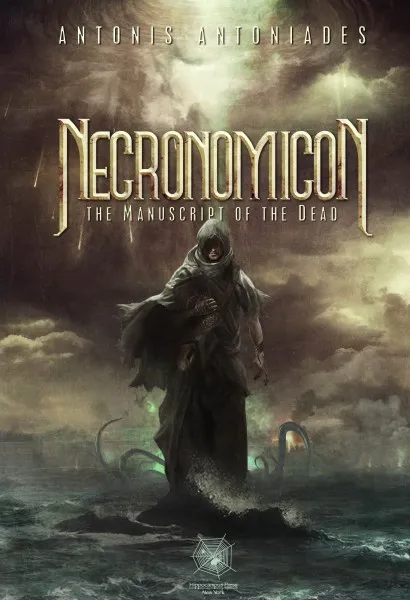
In the darkness of the 10th century A.D., Theodorus Philetas, a university professor, is forced to flee from Constantinople to Damascus with his friends, the Arab Bashar ibn Fathi and the young Leon Peleuses, following an unsuccessful conspiracy against the emperor. Leon stumbles upon a forbidden book kept hidden by a Jewish merchant, Joel, and his beautiful daughter, Rebecca. Theodorus comes upon the book, which proves to be nothing less than the notorious Al Azif by the mad Arab Abdul Alhazred. Forced again to flee, Theodorus goes to Cyprus, taking the book with him. Reading it, he begins producing a translation, calling it Necronomicon.
How-To
- Retrieved the transcript of the video with Command line utility described here: Fun with uv and PEP 723
- Asked my LLM agent to transcribe the books mentioned in that with Claude.ai Pro
- Retrieved Covers from GoodReads and embedded in the content also with Claude.ai Pro
- Fixed errors to items not retrieved by me manually
- Added own favourites, manually
Now I really want to purchase some many of these books.
Thanks for posts on X.com

Dimitri0s
Hi, I am Dimitri0s. I build this website to aggregate content interesting to me and experiment with learning new development tools and AI enhancements.
(avatar image from Wikimedia Commons)

